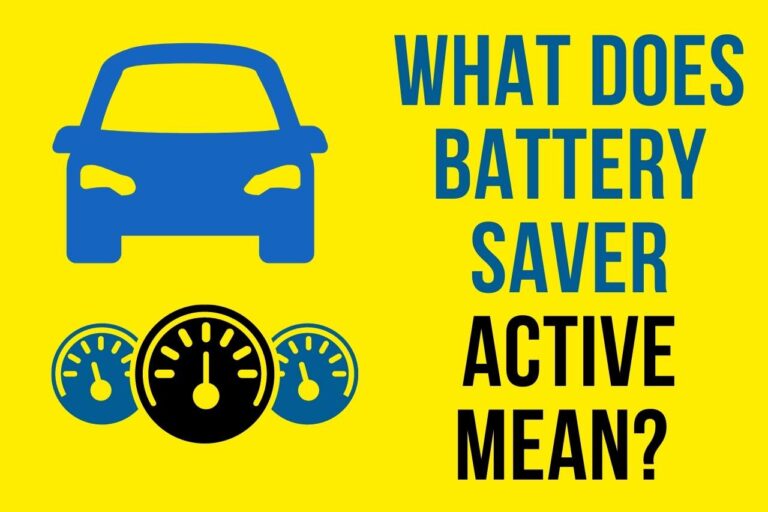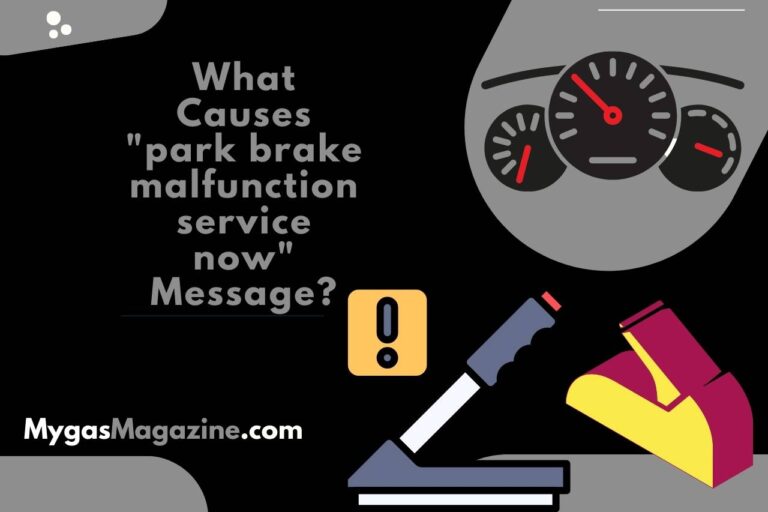Is Oil Pan Torque Sequence? (Step-by-Step Guide)
The oil pan occupies a position of outstanding significance in the intricate realm of engine mechanics, where even the tiniest components play crucial functions. This unassuming metal building houses the oil, the lifeblood of any internal combustion engine, and acts as a shield to protect the engine’s critical parts. However, it’s not simply the oil pan’s presence that matters; it’s also how precisely it’s put. Enter the idea of the oil pan torque sequence, a crucial step that is frequently missed by the typical driver but is critically necessary to an engine’s optimum operation and longevity. In this article, we set out on a quest to understand the significance of the oil pan torque sequence, illuminating its function, the underlying mechanics, and the relevance of strictly following this process. Even while the oil pan can seem like a simple part, understanding the torque sequence reveals a complex interplay of engineering principles, materials science, and precise craftsmanship. In order to understand the oil pan’s function in engine health, performance, and longevity, one must first understand the science and practice of torque sequencing. Only then will one realize the torque sequencing’s tremendous influence on the field of automotive engineering.
What is Oil Pan Oil Pan Torque Sequence?
When fastening the oil pan to the engine block, a specific tightening procedure called the oil pan torque sequence is employed. In this procedure, the bolts or fasteners are sequentially and uniformly tightened, usually in a number of steps.
This procedure is used to make sure that the clamping force is distributed equally all over the edge of the oil pan. Technicians can maintain a dependable and sealed oil system by using the proper torque sequence to stop warping, distortion, and leaks in the oil pan gasket.
In order to maintain the integrity of the oil pan and, consequently, the general health and performance of the engine, the torque sequence is a crucial stage in the assembly and maintenance of engines.
Why is the Torque Sequence Important for the LS Oil Pan?
For a number of important reasons, the torque sequence is essential for the LS (General Motors “Gen III” and “Gen IV”) oil pan or any engine’s oil pan.
First off, it makes sure that the clamping force is evenly distributed across the oil pan’s flange, preventing warping or distortion of the pan and maintaining a proper seal with the gasket.
This seal is necessary to stop oil leaks, which can harm engines and cause oil loss. Second, by preventing unequal stress on the engine block and oil pan, the torque sequence lowers the possibility of cracks or other damage to these components.
Last but not least, it helps maintain the engine’s overall structural integrity by ensuring that the oil pan stays firmly attached, particularly in high-stress circumstances like sudden acceleration or braking.
In essence, maintaining the proper torque sequence for the LS oil pan is essential for the durability and dependability of the engine.
What Tools are Needed for Torquing the LS Oil Pan?
The most crucial tool is a torque wrench that has been calibrated. It enables you to torque the oil pan bolts or other fasteners precisely and consistently in accordance with the recommendations of the manufacturer.
A set of sockets the right size for the oil pan bolts or other fasteners is required. Make sure they are the appropriate type (hex, Torx, etc.) for your particular LS engine.
To tighten or loosen the bolts or fasteners, a ratchet is needed together with the sockets.
These are practical for getting to bolts that might be recessed or situated in confined areas.
Make sure the replacement gasket is prepared if you’re replacing the oil pan or its gasket.
To achieve a good seal before installing the pan, it is crucial to carefully clean the oil pan and engine block surfaces.
A creeper can make working and gaining access to the underside of the car more comfortable.
To protect yourself while the process is being done, remember to wear safety equipment such gloves and safety glasses.
To secure particular bolts, you might need thread locker, depending on the manufacturer’s instructions.
What is the Step-by-step Procedure for Torquing an LS Oil Pan?
Make sure the car is safely raised, supported by jack supports, and has enough clearance for you to reach the oil pan. Remove the oil filter and pour the engine oil into a suitable container.
Remove any residue, debris, or old gasket material from the mating surfaces of the oil pan and the engine block by giving them a thorough cleaning. This is necessary for a good seal.
Check the oil pan gasket before replacing it to make sure it’s the right kind and in good shape. If the manufacturer advises it, apply a thin layer of gasket sealant.
After positioning the oil pan, tighten the nuts or other fasteners by hand to keep it in place. For information on the proper torque value and order, consult the manufacturer’s torque requirements.
Using a calibrated torque wrench, start tightening the bolts or fasteners in the prescribed order. Working outwards from the center, tighten them steadily and evenly until you reach the appropriate torque amount. To guarantee uniform clamping force, carefully follow the order.
Verify again that all bolts were properly torqued and that none were missed. Check for any sealant or oil pan gasket protrusions that can lead to leaks. Reinstall the oil filter, then fill the engine with the right amount of oil.
Check for any oil leaks near the oil pan after starting the engine and letting it run for a few minutes. If you notice leaks, fix them right away. Get rid of any used items before securely lowering the vehicle.


What are Common Mistakes to Avoid When Torquing an LS Oil Pan?
Failure to adhere to the prescribed torque sequence is among the most serious mistakes. This may result in uneven clamping force, which may result in oil leaks and gasket failure. Always follow the manufacturer’s suggested order.
Using the wrong torque settings can have negative effects. Under-torquing can result in insufficient sealing, while over-torquing might pull threads or deform the oil pan. Use a calibrated torque wrench and the recommended torque levels at all times.
Reusing a gasket that is worn out or damaged might cause oil leakage. To guarantee a strong seal when installing an oil pan, it is advised to change the gasket.
A proper seal may not occur if the oil pan and engine block surfaces are not fully cleaned. Before installing the new gasket and oil pan, clear the area of any debris and old gasket materials.
Future problems may result from failing to check the oil pan and bolts for indicators of wear, corrosion, or damage. Any broken parts should be replaced as necessary.
After tightening the oil pan, check for oil leaks and fix them right away. Ignoring leaks can lead to engine damage, oil loss, and other safety risks.
How Can you Fix or Prevent Leaks in Your LS Oil Pan?
Your LS oil pan needs meticulous maintenance and close attention to detail to be repaired or prevented from leaking. Fixing leaks begins with locating the leak’s origin, which could be a faulty gasket, a set of loose fasteners, or a fractured oil pan.
If the gasket is worn out or damaged, replace it, making sure it’s the right kind. Follow the correct order as you tighten the oil pan bolts to the manufacturer’s recommended torque settings.
It could be necessary to replace the oil pan if it is damaged. Regular oil changes using the specified oil and filter are necessary to maintain proper oil levels and quality and to prevent leaks.
When performing routine maintenance, check the oil pan, gasket, and bolts and solve any problems right away.
Prior to reinstallation, make sure the oil pan and engine block mating surfaces are clean and free of dirt to maintain a secure seal.
How Often should you Inspect and Replace your LS Oil Pan Gasket?
Every time you change your oil (usually every 3,000 to 5,000 miles), check the LS oil pan gasket for wear or leaks, and replace it if necessary.
Due to increased stress and heat, high-performance or modified LS engines may occasionally need more regular gasket checks.
To maintain a trustworthy seal and avoid oil leaks, regular visual checks and reaction to any indicators of gasket degradation or leaking are essential.
Watch this one,
Video Credits – Auto Repair Guys
You May Also Like
- Does Engine Oil Go Bad? Motor Oil’s Durability Is Explained
- Why Does The Oil Light Comes On When Braking


Meet Lakith, the driving force behind MyGasMagazine.com. A seasoned mechanic with over 7 years of hands-on experience in our family-run Gas Mag Garage, Lakith combines his technical expertise with a deep passion for cars. His journey in the automotive world began alongside his father, learning the intricacies of car repair and maintenance. Today, as the founder of MyGasMagazine.com, Lakith shares his wealth of knowledge, offering readers a unique blend of practical advice, industry insights, and engaging stories from the vibrant car culture of Sri Lanka.






![What Should RPM Be When Starting Car? [FIXED]](https://mygasmagazine.com/wp-content/uploads/2022/10/What-Should-RPM-Be-When-Starting-Car-768x512.jpg)
